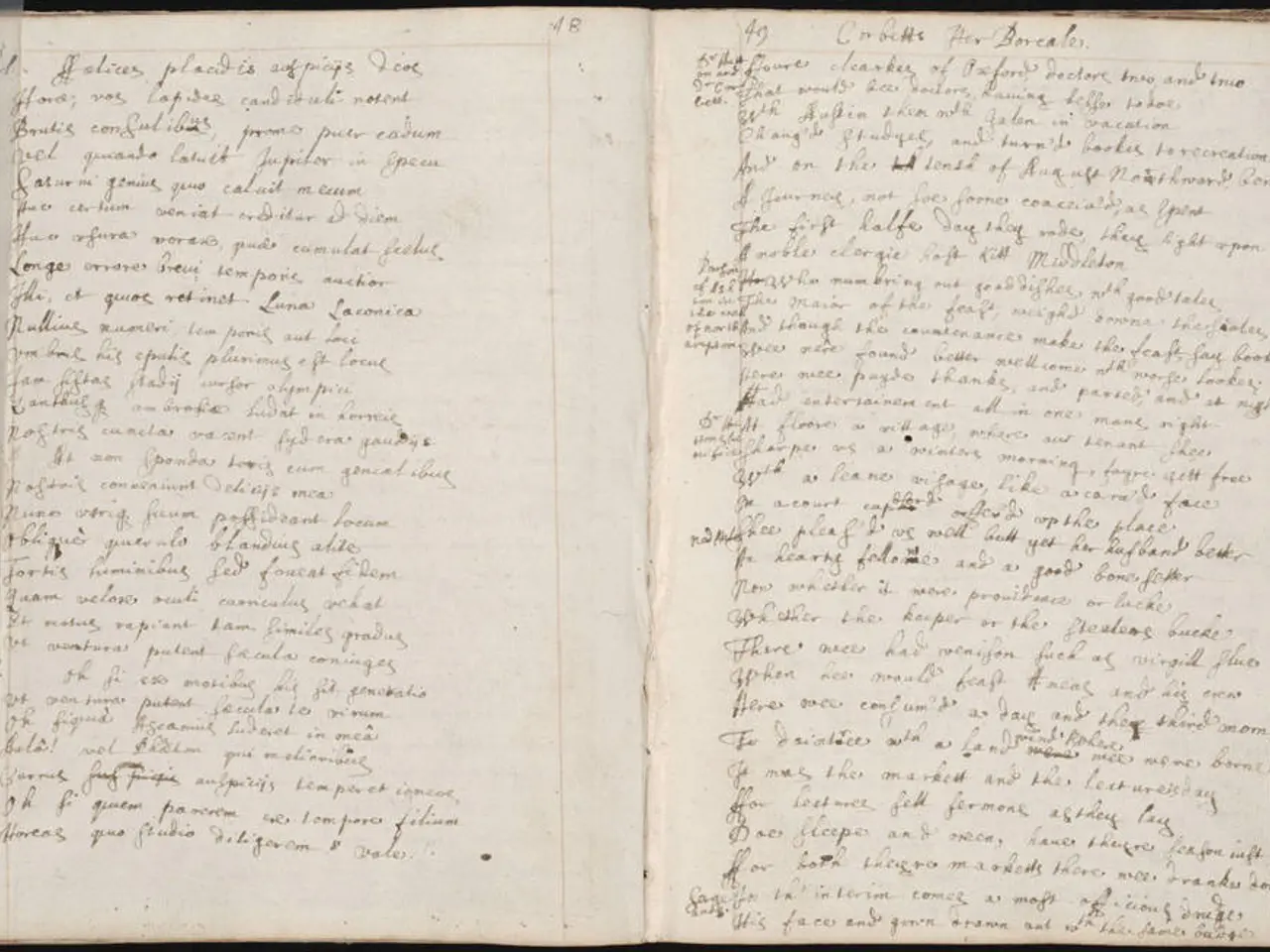Discover Essential Guitar Chords from Iconic Grunge Anthems
In the early '90s, a new wave of music swept across the airwaves, revolutionising the landscape of rock and roll. This movement, known as grunge, emerged from the underground music scene of Seattle, Washington, and quickly gained international acclaim. Bands such as Nirvana, Soundgarden, Pearl Jam, Alice In Chains, and Stone Temple Pilots were at the forefront of this movement.
Grunge music is characterised by its raw, emotional sound, often built around simple, minor-based power chord riffs. These riffs, while seemingly straightforward, are intricately crafted to create a dark, moody atmosphere that resonates with listeners.
Power Chords and Modal Interchange
One of the key elements of grunge music is the use of power chords, which emphasise roots and fifths without major or minor third clarity. This ambiguity allows for a great deal of flexibility and creates tension in the music. For example, Nirvana's iconic track "Smells Like Teen Spirit" features a power chord riff that cycles through F5–B♭5–A♭5–D♯5, combining movement in minor and flattened intervals.
Alice In Chains often use modal scales, such as Dorian or Phrygian, with chromatic passing chords. In "Man in the Box," the riff revolves around E minor and G major movements, lending a bluesy but dark quality.
Chromatic Movement and Suspended Chords
Another common trait in grunge music is the use of simple modal progressions with chromatic movement. Stone Temple Pilots use similar modal patterns with added suspended chords or minor second intervals for tension, like in "Plush."
Alternation Between Minor and Major Chords
While grunge staples are power chords, these bands occasionally use minor and major chords or add color with suspended chords to add harmonic interest and an emotional edge. Pearl Jam's guitarist, Mike McCready, had a significant influence from Jimi Hendrix and Stevie Ray Vaughan, which is evident in his use of A to Asus4 chord progressions in tracks like "Alive."
Characteristic Progressions
Typical grunge chord progressions include variations of simple patterns such as i – VI – III – VII (e.g. Em – C – G – D in a minor key), i – iv – v or i – VII – VI, and power chord riffs that move by half steps or tritone intervals, creating dissonance.
Practical Study
For those interested in learning grunge chord progressions, focusing on power chords in minor keys with added chromatic or suspended chords and using modal interchange is key. Analyzing the famous riffs of these bands by ear or tabs reveals these characteristics more clearly.
For instance, in Alice In Chains' "Rooster," guitarist Jerry Cantrell starts with some four-string variations of F# and A barre chords. In the verse of Pearl Jam's "Alive," McCready uses an A to Asus4 chord progression.
Cm#5 is a form of augmented chord, as it has a raised 5th interval. This chord is great for adding instant tension to a progression or as a passing chord on a chromatic chordal walkdown. The Cm#5 chord appears in the verse of the Stone Temple Pilots track "Interstate Love Song."
When played in the F# position, as Jerry Cantrell does on the track "Rooster," you would get an F#11no5. If you did this in the A position, you would get an Aadd2 chord, which, when played in a strumming context, adds a tension and release feel to your chords in the same way a Sus2 chord works.
In conclusion, while none of the search results provide explicit grunge chord progressions from these bands, standard rock progressions can be adapted with power chords and modal interchange to achieve this sound. Moreover, minor and modal-based two-chord vamp progressions resembling grunge moodiness are also used. With practice and patience, one can master the distinctive grunge chord progressions that have captivated audiences for decades.
Grunge music, characterized by power chords and minimalist song structures, often employs modal scales, such as Dorian or Phrygian, to add a dark, bluesy quality to its sound, as seen in Alice In Chains' "Man in the Box" and "Rooster." Additionally, grunge bands sometimes use suspended chords, like the A to Asus4 progression in Pearl Jam's "Alive," to add harmonic intrigue and emotional depth to their music.








